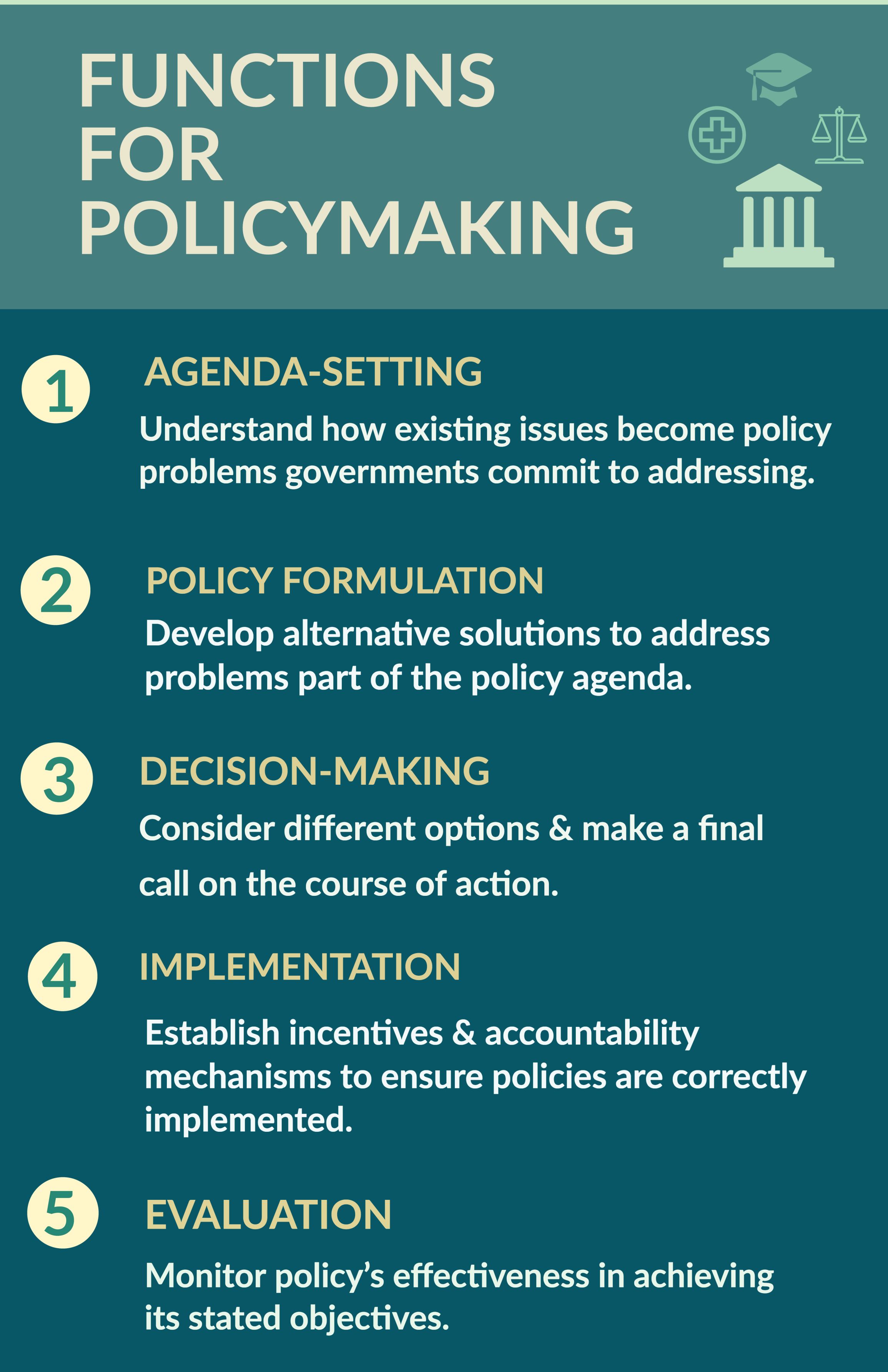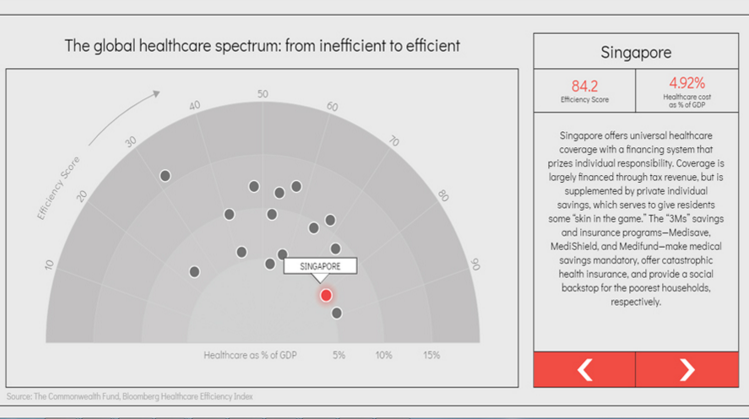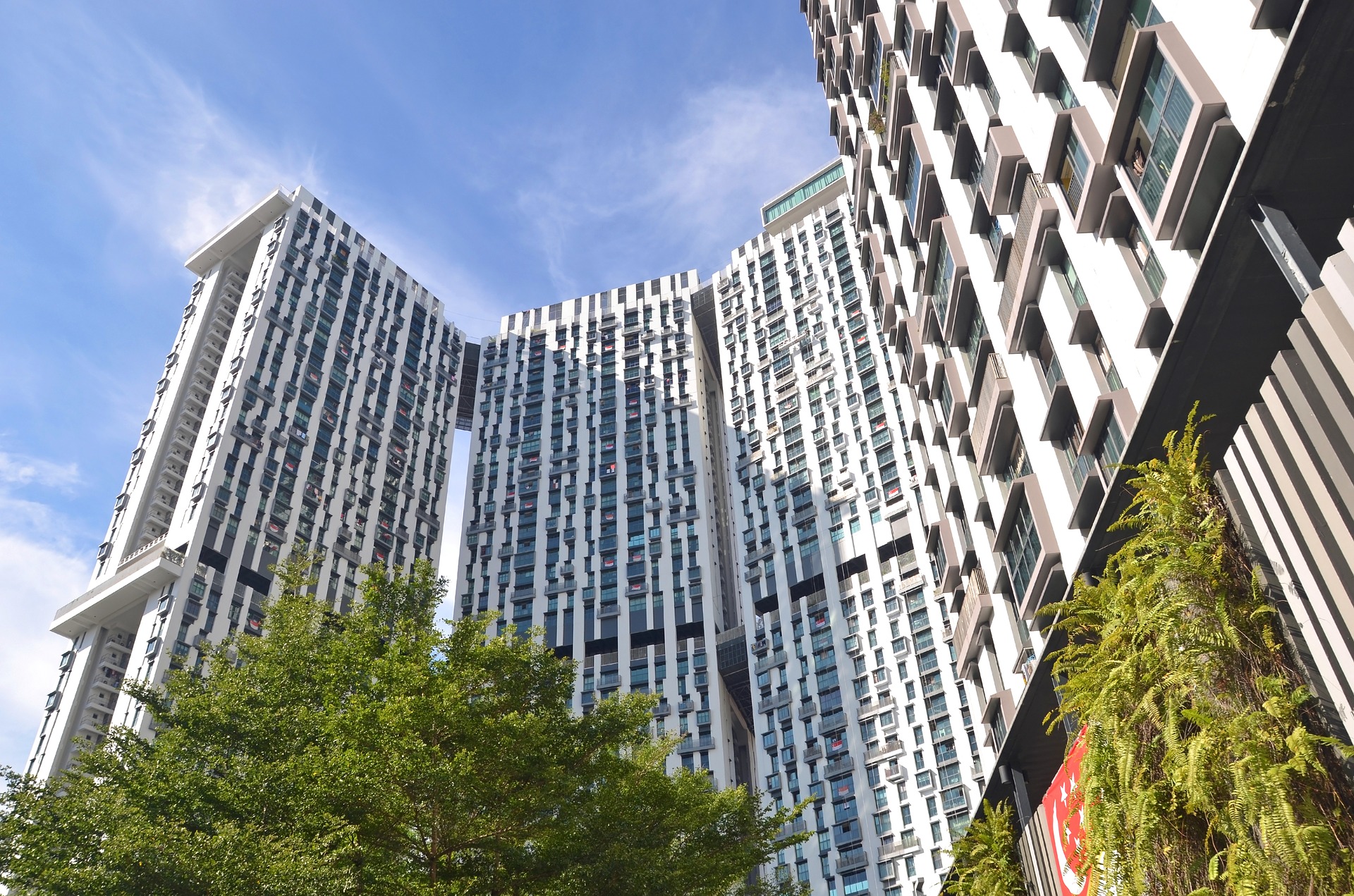Where there are people, there are problems — and where there are problems, there are solutions. Public policy, put simply, is the attempt to solve people's problems. It is the course of action taken by governments in response to issues that threaten or meddle with the interests of a nation.
But like all 'solutions' made by man, things don't always go according to plan. Not all policies are a success, and can be met with resistance — from protests to criticism to non-compliance. Then there are also concerns about the increasingly dynamic social media landscape — a realm where even successful policies can lose their shine, not to mention the possibility of outright failure.
In 2009, the Energy-Efficient Homes Package cost Australian taxpayers a staggering $2.5 billion. On top of being unable to meet its objectives, the programme led to a series of unfortunate events that involved human tragedies. Over a four-month period, four men died from electrocution while installing the system. Others took advantage of the nature of the scheme - seeing it as a fast and easy way to get rich.
Such failures are a reflection of inaccurate judgement, which highlights the need for proper planning, and a five-step NUS-approved public policy process:

The role of public policy
What is good public policy? It is complicated to get it right. Rising demands for democracy have prompted governments around the world to amend their policies to appease the modern perspective, and cater to expanding diversities.
But giving in to the people isn't exactly doing what's best for them. And much like disciplining a child, there has to be some ground rules — a presence of authority, to keep up the good work and maintain the peace.
Despite taking on many different forms (laws, civil rights, budget and taxes etc.), its role in facilitating the growth and success of a country remains constant. And as observed in multiple facets of society, there is a need to come up with effective leadership strategies.
Global-is-Asian examines the functions of Singapore's public policy in healthcare, housing, education and technology.
Healthcare: Improving Citizen Welfare
 Source: The Commonwealth Fund, Bloomberg Healthcare Efficiency Index
Source: The Commonwealth Fund, Bloomberg Healthcare Efficiency Index
Singapore's healthcare system has consistently achieved acclaim as one of the most efficient in the world, with an impressive efficiency score of 84.2. In 2017, it boasted an impressive life expectancy of 81 years, and a low infant mortality rate of 1.5 deaths per 1000 births. This lead it to be ranked the fourth healthiest country in the world (after Italy, Iceland and Sweden) by Bloomberg's Global Health Index. But what is it exactly, that makes Singapore's healthcare so effective?
According to Adjunct Senior Research Fellow Dr Phua Kai Hong from the Institute of Policy Studies, Singapore's success may be attributed to three factors: private-public balance, sustainable financing and strong regulatory governance.
Singapore's healthcare policies are not only well-rounded, but far-sighted. Rather than focus on addressing the present, the local healthcare sector makes plans for the future, and constantly seeks to improve citizen welfare. A prime example of this, is the implementation of initiatives, namely MediSave and MediShield — which cast safety nets for Singaporeans facing old age or financial issues.
Housing: Enhancing Quality of Life

The Pinnacle @ Duxton, a 50-storey residential building constructed by Singapore's Housing & Development Board (HDB) Photo: ScribblingGeek
In 2017, a whopping 80% of Singaporeans resided in public housing — built by the nation's Housing Development Board (HDB). This is largely facilitated by the government's wide range of housing schemes and subsidies, that have provided more citizens with better means of owning their own homes. But these laws and policies have come with their own limitations.
What might seem sufficient at the moment, may not be so in future - especially with shifts in trends and priorities. Senior Research Fellow Dr Ng Kok Hoe from the Lee Kuan Yew School of Public Policy stresses the importance of updating local housing policies to keep up with the evolving societal trends.
The quality of physical living environments, for instance, has become a new priority for local policymakers, due to rising standards of living. Larger flats were introduced, along with added lifestyle features like small balconies. HDB even partnered with private developers to launch Executive Condominiums, a top-tier category of public housing with facilities similar to private condominiums.
In addition, the waiting period for Build-to-Order (BTO) flats was reduced by the Housing Development Board from the standard 3-4 years, to just 2.5 years. An increase of up to $20,000 in the Central Provident Fund (CPF) Housing Grant also allowed first-timer couples to afford flats out in the open market.
These efforts reflect the government's sincere intentions of working towards an enhanced standard of living for Singaporeans - through affordable, and quality housing.
Education: Securing the Future

Photo: Artem Bali
Education is compulsory in most developed regions of the world. For most of our lives, it’s free, and therefore something we could feel entitled to. Unbeknownst to a lot of us, illiteracy still exists - in countries not too far off our island — like Indonesia, Thailand and Myanmar.
Southeast Asia alone accounts for about seven million uneducated children across the globe. According to LKYSPP, the most common deterrents are poverty and the low quality educational services. The highest proportion of out-of-school children have been found to belong to poor households in rural areas.
Another country that faced this problem was Mexico, until it came up with Prospera — a conditional cash transfer initiative aimed at reducing dropout rates.
It works by providing a fixed monetary transfer to families, whose children meet the minimum required attendance of 85%, with regular health check-ups. As these children age, so does the amount of aid, to match the rising opportunity cost of income if they were at work instead. The World Bank reported an increase in school enrolment rates and education levels, better health prevention and significant improvements in overall nutritional status.
Technology: Securing National Safety

What is a smart city? This refers to an urban development that uses data and technology to create efficiencies for the benefit of people living and working in the area. In Song-do, South Korea, household waste is sucked directly from individual kitchens, to processing centers — through tunnels — where they are automatically sorted. And to think none of this would even be possible without the miracle of technology and innovation.
Alas, all things come at a price.
The increased connectivity from smart initiatives has led to a surge in the number of cyber attacks globally, LKYSPP finds. In 2017, countries in the United States and across Europe suffered at the hands of the Petya Ransomware Cyber Attack. Spreading rapidly through networks that used Microsoft Windows, Petya caused serious disruptions for large companies in food, shipping and oil industries. Heritage Valley Health System, which runs hospitals and care facilities in Pittsburgh, also claimed to have been hit by the malware.
Shortly after the attack, the U.K government launched an implementation plan — aimed at amping up the nation's cyber-security system. Less than a year later, cyber crime in the region tumbled by 30%.
Singapore, while low in crime, is also no stranger to breaches in security.
In 2017, the nation's Infocomm Media Development Authority (IMDA) banned all public servants from internet access. This was an unprecedented move to tighten security and control information leaks on social media platforms and file-sharing sites.
Authorities also formed a Telecom Cyber-security Strategic Committee (TCSC), which announced plans to bolster cyber-security in the Telco sector in January of 2019. This was largely, in response to the country's worst case of cyber data breach in 2018, when hackers stole the personal data of 1.5 million Singaporeans, and the outpatient prescription of 160,000, including Prime Minister Lee Hsien Loong.
The IMDA has described these plans as strategies to improve Singapore's telecom cyber-security capabilities, through the recommendation of appropriate policies.
Conclusion
Public policy is a principled guide to action; comprised of premeditated laws and regulatory measures that work with various public sectors, to solve and manage problems related to a nation. Like a right hand man, it exists to serve and support the government through its provision of guidelines, used for effective decision making. But not even policies come with a hundred percent success rate; which is why it is crucial for administrative sectors to process possible factors and outcomes, prior to implementing them.
Ultimately, the fact remains that without policy, there are no guidelines - and without guidelines, there is no governance. Public policy practice should therefore never be undermined - and rather, prized as a key ingredient for good governance.